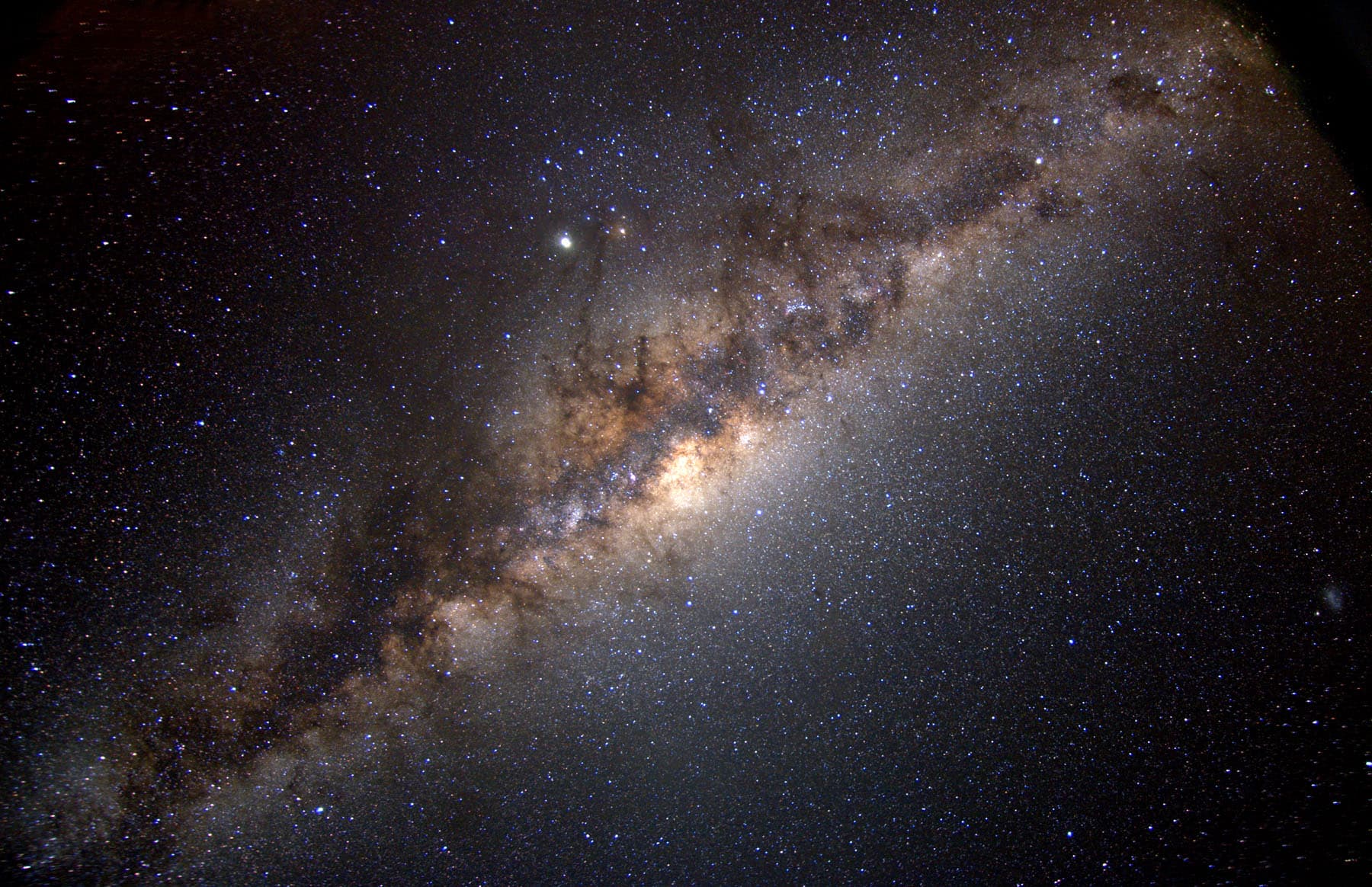Mineralogy
The terrain of rocky planets like our Earth is formed by certain interactions between minerals made of carbon, magnesium, oxygen, and silicon. The presence of the ‘right’ elements in the ‘right’ ratios is the reason why Earth is habitable. The smallest differences in minerals in early planetary formation are hugely impactful, determining plate tectonics and how hot and cold the planet will get. Now, new research is suggesting that Earth-like minerals are more omnipresent across our galaxy than previously considered!
A Sophisticated Simulation
University of Hull Professor Brad Gibson and his team have run a simulation of the chemical formation and evolution of the Milky Way galaxy and their findings show that the conditions for Earth-like minerals are actually everywhere throughout the Milky Way. It is now believed exoplanets in the other star systems of our galaxy are three times more likely to have Earth-like minerals than previously believed. Their sophisticated model simulates the Milky Way’s formation from a cloud of elements to how it is observed today and it places all the ‘right’ elements for forming other “Earths” in every solar system.
Caltech
Golden Ratios
Gibson states, “Even with the right chemical building blocks, not every planet will be just like Earth, and conditions allowing for liquid water to exist on the surface are needed for habitability. We only need to look to Mars and Venus to see how differently terrestrial planets can evolve.” So every Earth-like planet ostensibly has the presence of the ‘right’ elements, to find habitable planets however, it still must be ascertained which of the exoplanets have them in the ‘right’ ratios. The search for another Earth continues.
Sources: Royal Astronomical Society, Phys.org
Images: NASA, Caltech
Share This Article
